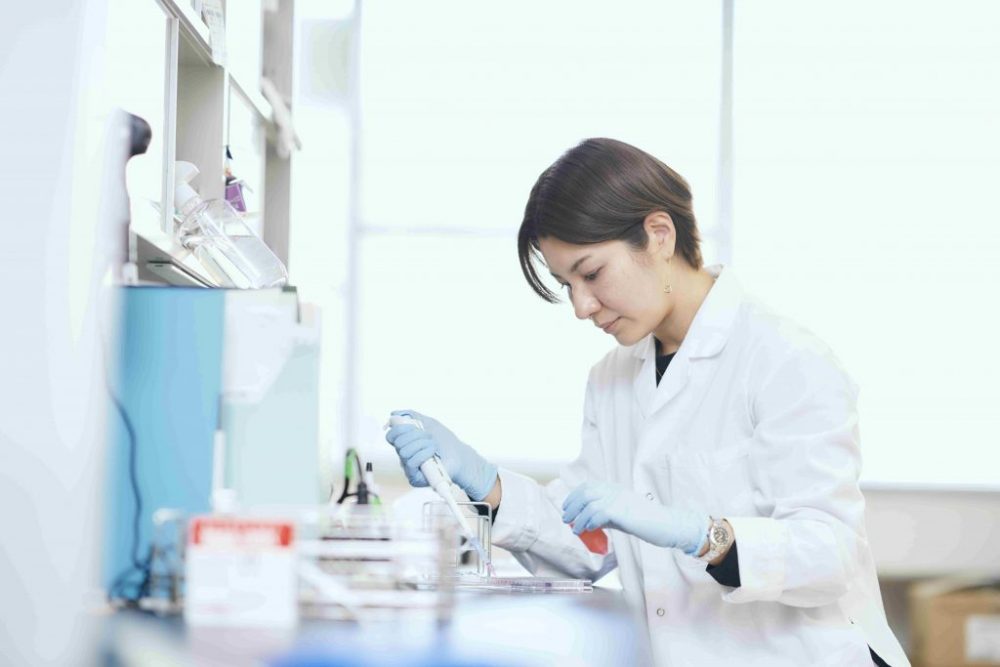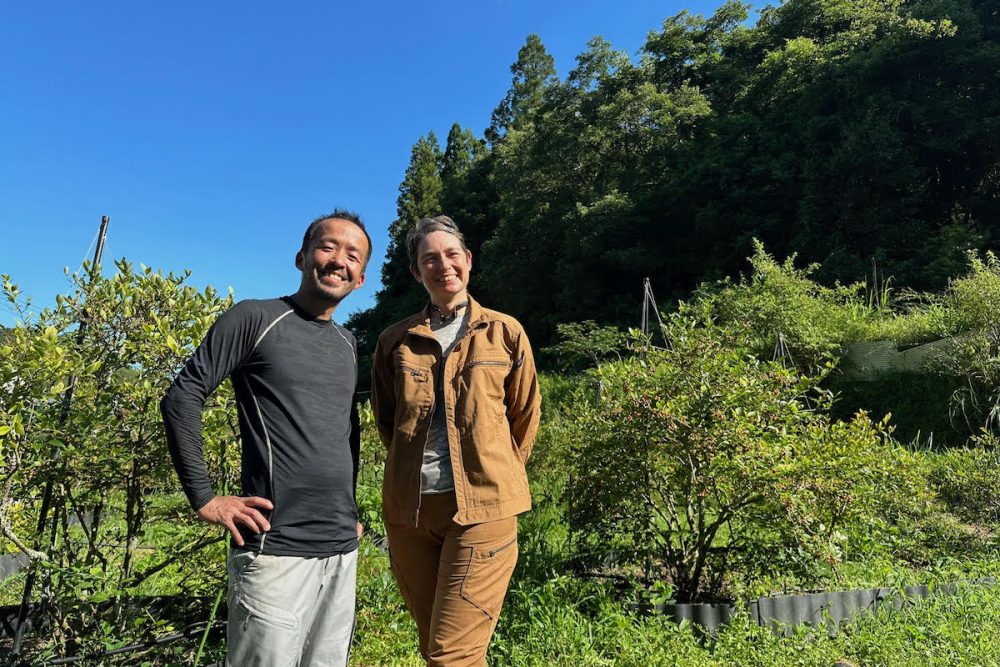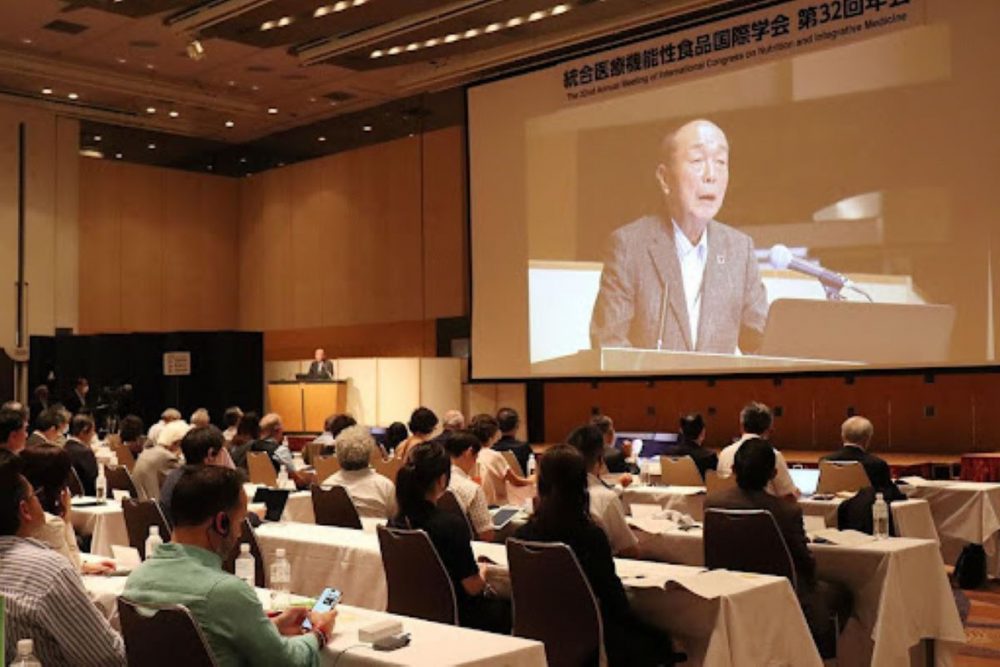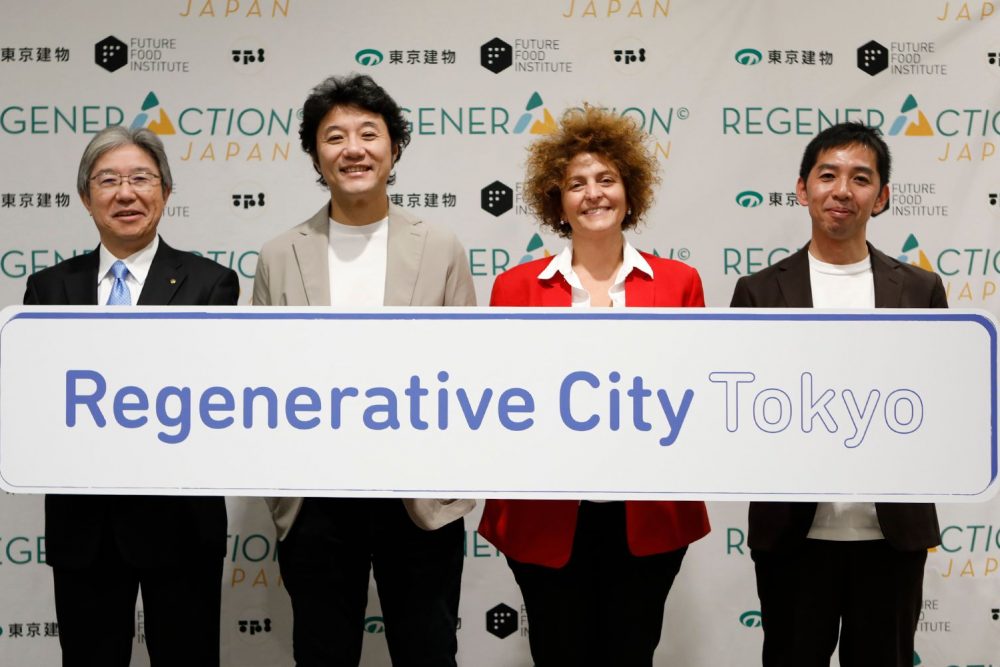Will Japanese Genome Editing Technology Catch Up With the US and China?
A Japanese research team has found a way to improve genome editing, but complex regulations hinder Japanese technology from reaching the clinical stage.
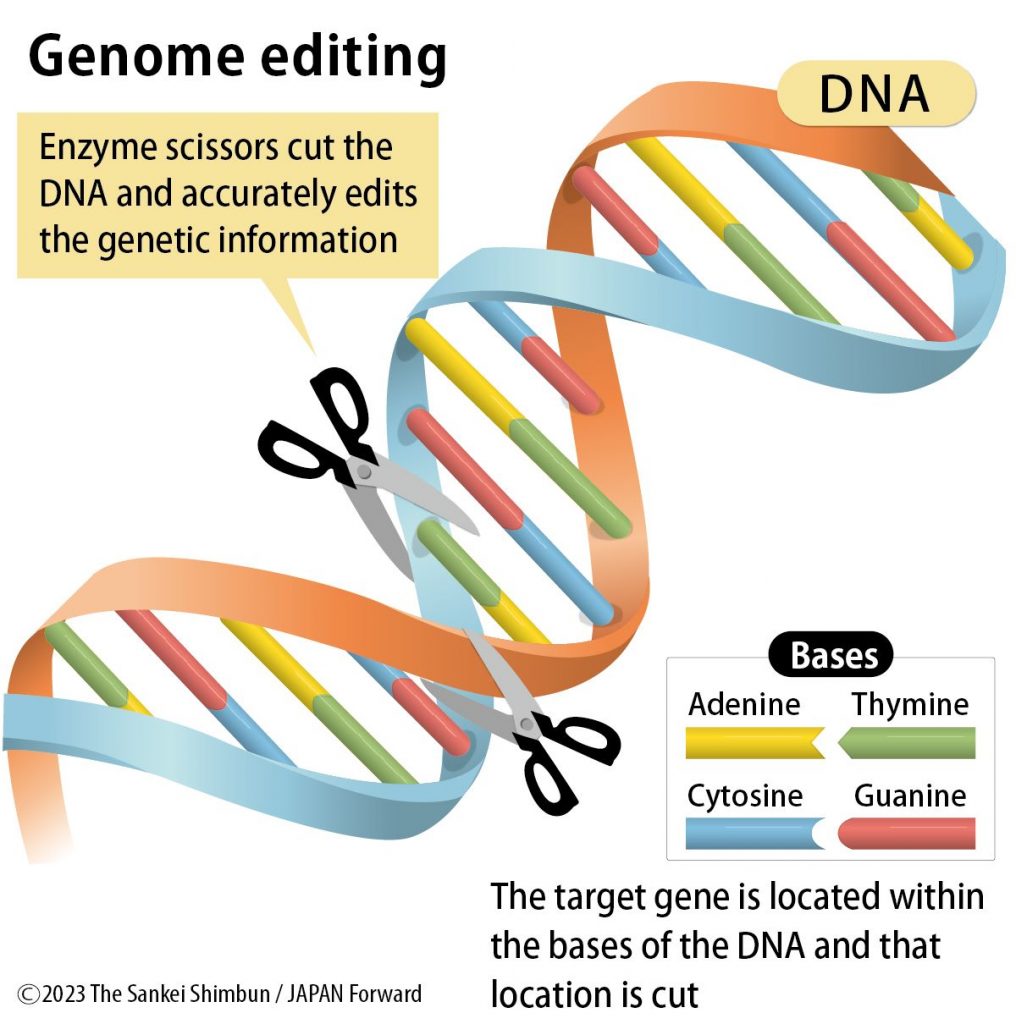
このページを 日本語 で読む
Genome editing technology can modify an organism's genome, and its application in gene therapy is highly anticipated. Clinical trials are gaining traction, primarily in the United States and China, but Japan is lagging behind. Some researchers, such as those from Kyushu University, have begun to tackle the issues of the mainstream editing tool CRISPR-Cas9. Although these Japanese technologies have significantly improved the accuracy of gene modification, some issues still need to be addressed.
The genome is composed of a long chain of four types of bases known as adenine, thymine, cytosine, and guanine. The sequence of these bases is called deoxyribonucleic acid (DNA), which represents a "sentence" of genetic information.
In genetic modification, it is left to chance where in the DNA the gene will be inserted. But with genome editing, which changes the order of the bases, the location of the genetic change can be chosen. This is the biggest difference between the two.
Expanding Applications in Food and Medicine
The accuracy of genome editing had been low until Jennifer Doudna of the United States and Emmanuelle Charpentier of France invented CRISPR-Cas9 in 2012. It consists of a guiding substance that locates the target base sequence on the DNA, and the enzyme Cas9, which acts as scissors to cut the DNA.
CRISPR-Cas9 has propelled genome editing in a way that no other technology has. Compared to previous technology, setting the target using the guiding substance is much easier. Cas9 is also easy to use and has a strong cutting ability.
Both Doudna and Charpentier received the 2020 Nobel Prize in Chemistry for making significant advances in life science research. Expectations are growing for applications in the medical field, such as gene therapy to correct disease-causing genetic mutations. The use of genome-edited foods with enhanced nutritional components is also advancing in Japan and abroad.
The Problem of Off-Target Cuts
However, a major issue with CRISPR-Cas9 is a phenomenon known as the "off-target effect," in which the enzyme Cas9 cuts beyond the target area.
This is not a problem when one can select the results in which both the target has been successfully modified and the modification is found to be safe, as in the case of genome-edited food. However, when it is impossible to select after the fact, such as in gene therapy, genetic editing can cause major side effects such as unexpected genetic traits.
Gene therapy using CRISPR-Cas9 is being tested in clinical trials around the world. However, there have been concerns about the risks of cancerous cell transformation as a result of off-target cutting. Furthermore, cells may die as a result of the destruction of genetic information required for survival. Therefore, resolving the off-target problem has become an urgent task, and research is being conducted worldwide to that end.
Much of this research aims to improve the enzyme's accuracy, thereby preventing other areas from being cut by a "stray bullet." But none of them have produced conclusive results.
That is when a research team from Kyushu University and others took on the challenge with a radically different concept than that of its global competitors.
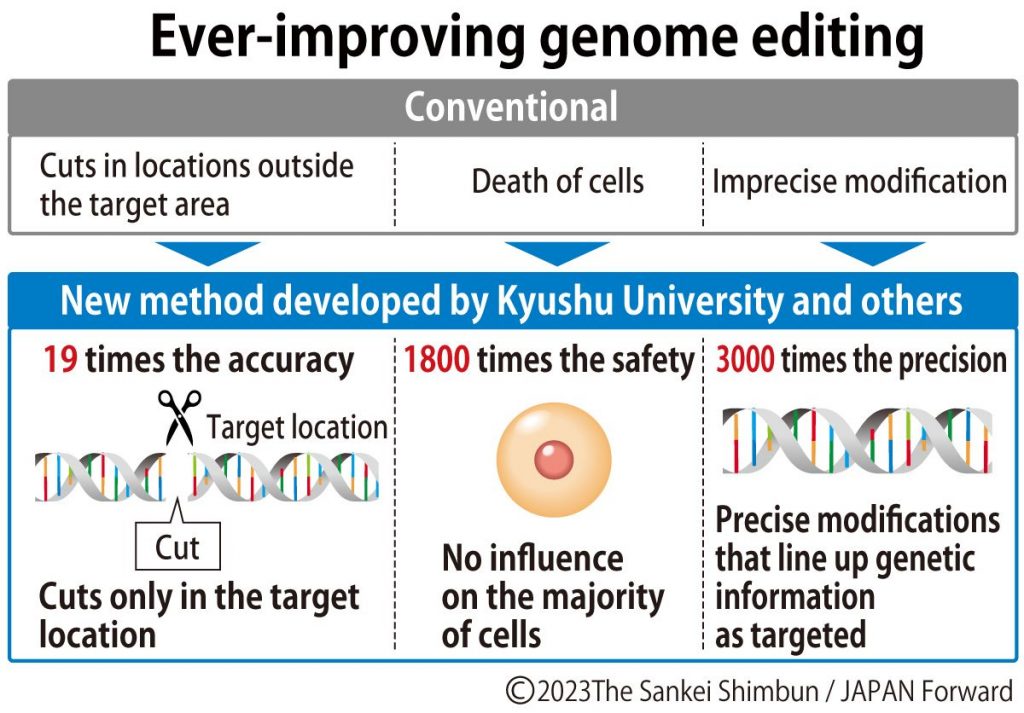
Reducing the Cutting Strength of Cas9
Off-targeting is caused by the enzyme's excessive strength in cutting the DNA, rather than a lack of accuracy in hitting the target, according to the research team. Based on this premise, they searched for ways to reduce the cutting strength of Cas9.
They discovered that adding a base called cytosine to the guiding substance reduced the binding of Cas9 to DNA, thereby reducing its cutting strength. The more cytosines there were, the less it would cut. But inhibiting its cutting strength too much would also stop it from cutting the target. Therefore, they repeated the experiment until they found the optimal number of cytosines.
As a result, adding several dozen cytosines improved the accuracy of cutting the target location by 19 times. Furthermore, the team successfully reduced cell deaths, achieving a 1,800-fold increase in safety. Ultimately, the team managed to improve the precision of genetic modification by a factor of 3000.
"I believe that this will become the new standard technology for genome editing. We have already applied for a patent and established a venture company to implement the technology in society," says Masaki Kawamata, assistant professor at Kyushu University. "We hope to start clinical trials of gene therapy in about a year and bring it into practical use in a few years.”
Japanese technology is likely to make a significant contribution to the advancement of gene therapy using genome editing.
Clinical Trials in the US
This new technology, however, will be tested in clinical trials in the United States rather than in Japan. The venture company of Kyushu University is also registered in the US state of Delaware. This is because the US provides a better environment for conducting clinical trials for gene therapy.
Tetsuya Ishii, a professor of bioethics at Hokkaido University, says that 75 clinical trials of gene therapy using CRISPR-Cas9 have been conducted worldwide. The United States leads the way with 33 cases, followed by China with 24, but Japan has none. He says the complexity of Japanese gene therapy regulations is to blame for this delay.
Hurdles to Clinical Application
The regulatory landscape for gene therapy in the United States and Europe is straightforward, and the review process for implementation is quick.
In Japan, however, the various laws and regulations complicate the application process, and the screening process takes time. Many aspects of the legal framework are ambiguous or underdeveloped.
It goes without saying that conducting clinical trials on Japanese subjects is the most effective way to obtain results that will benefit the Japanese people. There are people suffering from genetic diseases for which there is no simple cure. And they and their families have placed their hopes on gene therapy. Improving the environment around clinical trials involving gene therapy is an urgent ask for Japan.
"The government should not only subsidize basic research on genome editing but also create an environment conducive to clinical application," says Professor Ishii. "Only when both of these areas are well-coordinated will we be able to catch up with the US and China."
This article was first published on JAPAN Forward on May 10, 2023.
このページを 日本語 で読む








